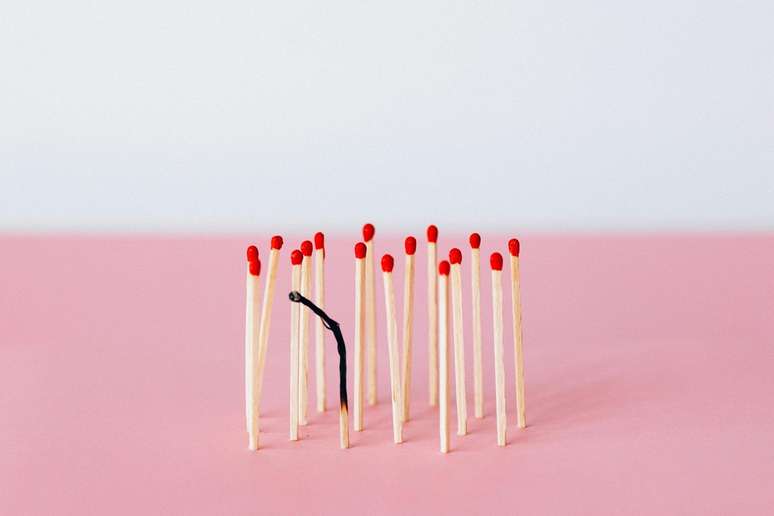The wetting procedure serves to replenish nutrients and strengthen hair; understand more about the technique and how it is performed
Is your hair dull, brittle and lifeless? This might happen because your the hair is dry. And, to solve this problem, you need to provide more moisture and nutrients to your hair.
In this sense, one of the possible solutions is the named procedure wet. According to Marina Groke, beauty specialist at Escova Express, a brush store chain, the procedure is particularly suitable for those with curly hair, which tends to be drier.
“In addition to wavy locks, the technique is ideal for those suffering from damaged ends or weak hair, as its function is to restore the oil and nutrients that the hair naturally loses over time,” she adds.
It is worth remembering that hydration works to replace essential nutrients, such as fatty acids and vitamins, forming a barrier that protects the hair from external aggressions. It also contributes to the control of frizz and promotes a softer and shinier texture, increasing the elasticity and strength of the hair.
Below, learn more about how the technique works so that it offers all these benefits:
How wetting works
Wetting usually takes place with vegetable oils, which should be applied directly to dry hair. According to Marina, the ideal is to start with a small amount of product in your hands, spreading it out and warming it slightly before applying it along the hair.
“The oil should be applied from lengths to ends, avoiding the roots, especially on oily hair. This way the scalp will not be overloaded and the product will be absorbed better in the drier areas,” he explains.
To intensify the treatment, the specialist recommends massaging the lengths and ends well, encouraging the penetration of the oil into the hair cuticles. Then, the oil can sit for at least 30 minutes for basic nourishment, but there are options to leave the product longer.
“Those who opt for nighttime wetting allow the product to act for more hours, making it particularly beneficial for hair that has undergone chemical processes or is very damaged,” he says.
Once the action time has elapsed, the oil must be removed with a delicate shampoo, avoiding products that can completely remove the hydrating effect. “For best results, rinse well, but avoid excessive washing, as over-shampooing can negate the nourishing effect of the treatment,” explains Marina.
Repeating the procedure once a week is usually enough to keep your hair hydrated and nourished.
Source: Terra
Ben Stock is a lifestyle journalist and author at Gossipify. He writes about topics such as health, wellness, travel, food and home decor. He provides practical advice and inspiration to improve well-being, keeps readers up to date with latest lifestyle news and trends, known for his engaging writing style, in-depth analysis and unique perspectives.






![Un Si Grand Soleil Preview: Episode Summary for Friday, October 31, 2025 [SPOILERS] Un Si Grand Soleil Preview: Episode Summary for Friday, October 31, 2025 [SPOILERS]](https://fr.web.img2.acsta.net/img/da/61/da61ba3f1d087a6451d7f7757d04c802.jpg)


